There will be no more mold: three penny anti-fungal remedies on the rubber band of a washing machine
Cleaning off mold on the rubber band of a washing machine is not as easy as it seems: conventional cleaning products cannot cope with fungal deposits. But don’t rush to the store for expensive sprays and “special purpose” liquids, because you can make them at home, spending 10 or even 20 times less money.
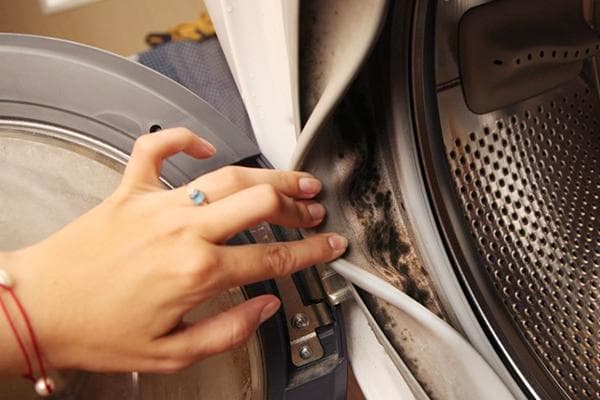
Why does mold appear on the hatch seal?
If after washing the laundry smells damp and dirty gray spots appear on it in places, it means that mold has settled in the machine. A similar problem arises due to high humidity and lack of air exchange, as well as poor hygiene. You are at risk of encountering it if:
- Always run the wash in delicate or fast mode. The water heats up to 30–40°C, which is not enough to kill bacteria and fungal spores - microorganisms settle on the inside of the drum and hatch.
- Use conditioner or other rinse aid every time. The softening components contained in these products are not washed off from plastic, metal and rubber surfaces. They form a slimy coating in which mold actively multiplies.
- Leaving wet clothes inside the washing machine for a long time. Dampness, cold and lack of fresh air are ideal conditions for the growth of fungi, so things should be removed from the drum immediately, or at least 2-3 hours after the end of washing. If you can’t hang the laundry right away, put it in a basin.
- Close the hatch when there is water left inside the drum. High humidity combined with low temperature promotes the accelerated development of mold colonies. The hatch should be left slightly open until the machine is completely dry.
Before you start fighting mold, you need to understand what exactly led to its appearance. After all, if the root cause is not eliminated, fungal plaque will appear again and again.
Means for combating fungus in washing machines
You won’t be able to wipe off mold with shampoo, dish gel, washing powder or all-purpose detergent. The listed household chemicals do not contain substances that can “kill” mycelium and destroy spores. For this reason, you have to buy special sprays and solutions or prepare them at home from available ingredients.
Chlorine based
A significant part of the products intended to combat mold contain chlorine in the form of sodium hypochlorite or polyhexamethylene guanidine hydrochloride. The concentration of the active substance is 5% - this is the optimal value. Less concentrated (3%) preparations are available, but their effectiveness is lower. More concentrated ones (7%) are difficult to find on shelves, but you cannot do without them if there is a lot of mold and it has been inside the washing machine for a very long time.
However, the cost of store-bought antifungal sprays and liquids is quite high - the cheapest product will cost about 250 rubles.You can make a similar preparation at home, spending 30–50 rubles. The basis for homemade chemistry will be “Whiteness” - few people know, but this is a ready-made 5% solution of sodium hypochlorite. And to give this solution additional properties, you need to add a little bar soap to it. It is best to use 72% laundry soap. But if you don’t have one, any toilet will do.
The cooking process looks like this:
- Grate the soap at the rate of 1 tablespoon of soap shavings for every 200 ml of “Whiteness”.
- In a separate container, mix the shavings with a small amount of hot water. Stir until completely dissolved.
- Pour the soap solution into the “Whiteness” and stir.
After this, the product is ready. It must be used immediately after preparation. To make it easier to wipe off mold, take an unnecessary kitchen sponge with an abrasive layer and, having washed away the product with it, apply it to the sealing gum and other parts of the washing machine affected by fungus. When no trace of fungal plaque remains, rinse everything with clean water.
Vinegar based
Acetic acid is another product that can remove mold. The higher its concentration in the solution, the more pronounced the effect will be. 70% essence works best, but if it is not available, 9% table vinegar will also work. 6% can only be used for preventive treatment, since its effectiveness against existing colonies is extremely low.
There are two ways to use acetic acid:
- You can pour it into a bottle with a spray nozzle and generously spray all the places where the fungus has formed.Repeat the treatment another 5-6 times at intervals of 10-15 minutes, then wash the machine with hot water and a solution of bar soap (200 g of soap per 4 liters of water). This method is only suitable for highly concentrated solutions.
- It is good to wet a kitchen sponge with a solution of acetic acid, add a few drops of any detergent and wipe the sealing gum and tank. Repeat if necessary. Then treat the inside of the machine with hot water and soap (as described above). This method is recommended when using table vinegar.
Based on oxygen bleaches
Without oxygen, life on Earth would be impossible. However, in large quantities, oxygen is poison, both for people and for many microorganisms. If you need to get rid of mold, it can also be used. And the simplest option is oxygen bleaches.
There are many such bleaches on store shelves, but they are not as cheap as we would like. If your goal is not only to remove the fungus, but also to save money, pay attention to the box labeled “Sodium Percarbonate.” On average, this substance contains 14% active oxygen (the minimum value at which mold dies is 10%). The cost of sodium percarbonate varies depending on the place of purchase, but on average it is 100 rubles per kilogram.
In comparison with vinegar and “Whiteness”, sodium percarbonate has an undeniable advantage - the absence of odor. It is non-toxic and does not pollute the environment.
Sodium percarbonate should be diluted exclusively in hot water - from 50°C and above. Concentration is 150–200 g per 1–1.5 liters of water, but if there is a lot of mold, you can increase the dosage to 250 g.
To make the temperature less noticeable and to protect your hands, wear rubber gloves. As with other products, it is most convenient to use a kitchen sponge to wash the machine.
Please note that the rag or sponge used to wipe off the mold should be immediately tied in a plastic bag and thrown into the trash. It cannot be reused, since mold spores remain in the fibers of the fabric and the pores of the sponge!
Molds are the most insidious microorganisms. Therefore, do not put off fighting them until later, especially since removing plaque from the rubber seal and other parts of the washing machine is not so difficult.
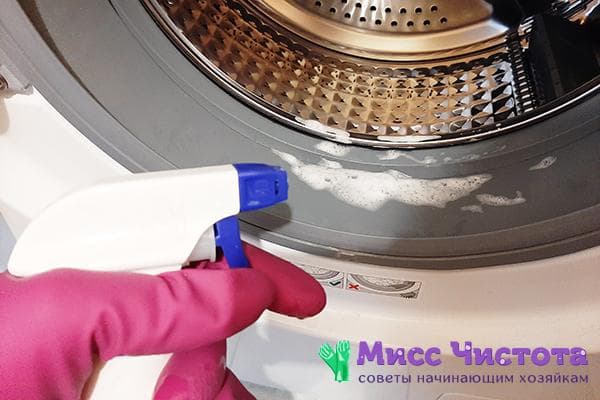

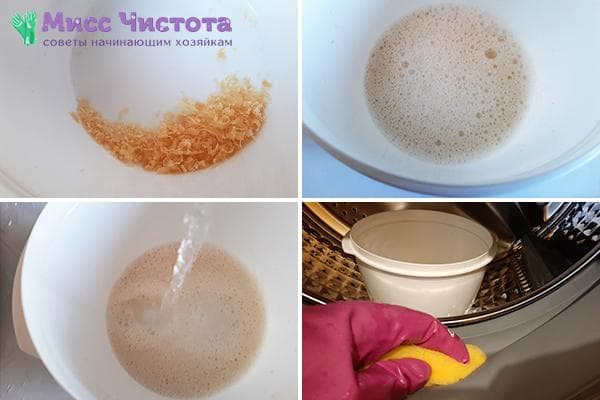
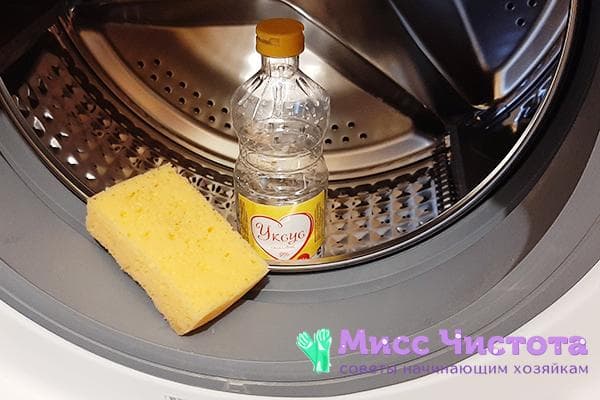
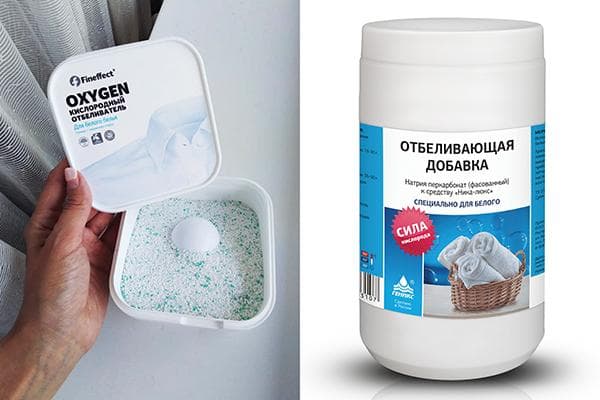
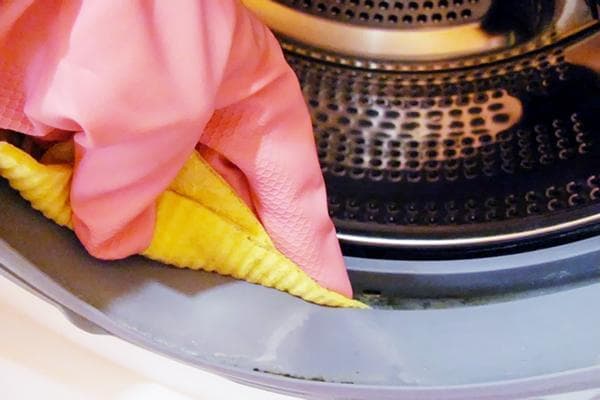
After washing, I immediately wipe everything with a dry cloth. I always leave the hatch open. I remove the container for loading powder after washing. I dry it. And I install it just before washing.
Same thing, after every wash I wipe it dry. The machine is already 14 years old, and everything is fine with it, no mold.
It’s best to wipe off mold stains with regular vodka.
It’s better to drink vodka, and remove moldy dirt with white, or even change the washing machine
Oxygen bleach did a great job of removing all the mold.